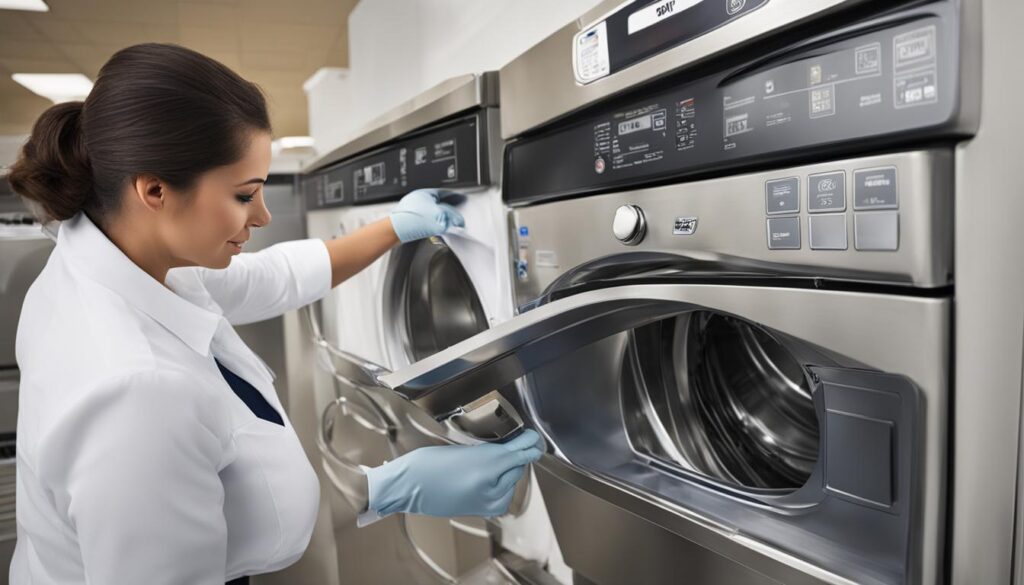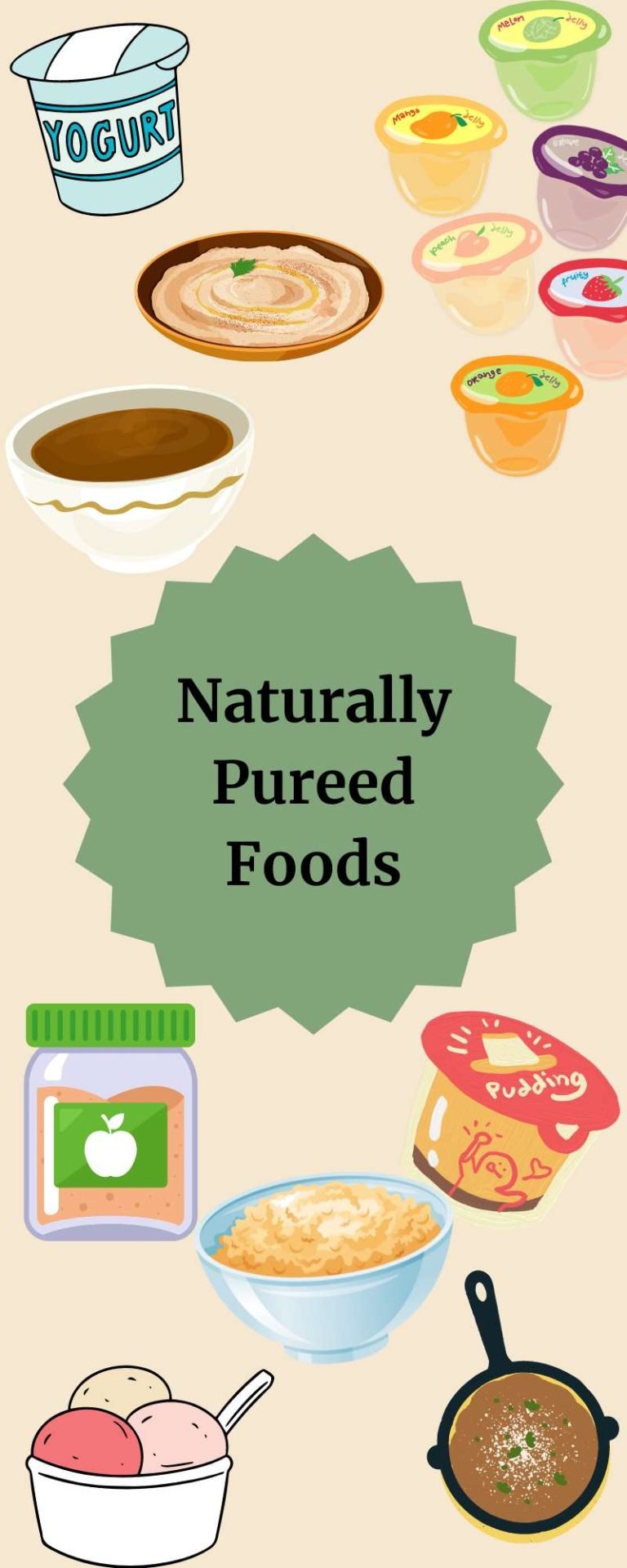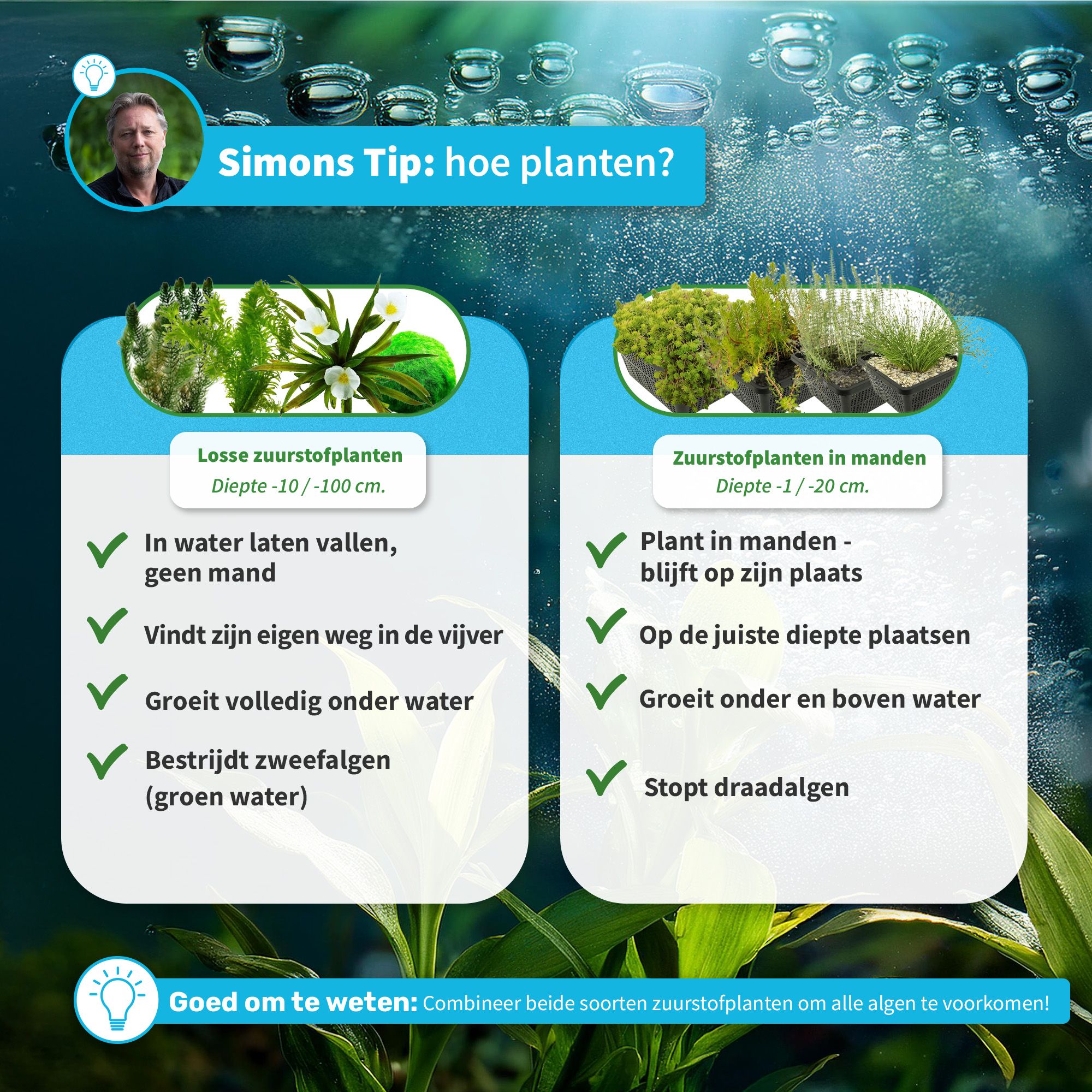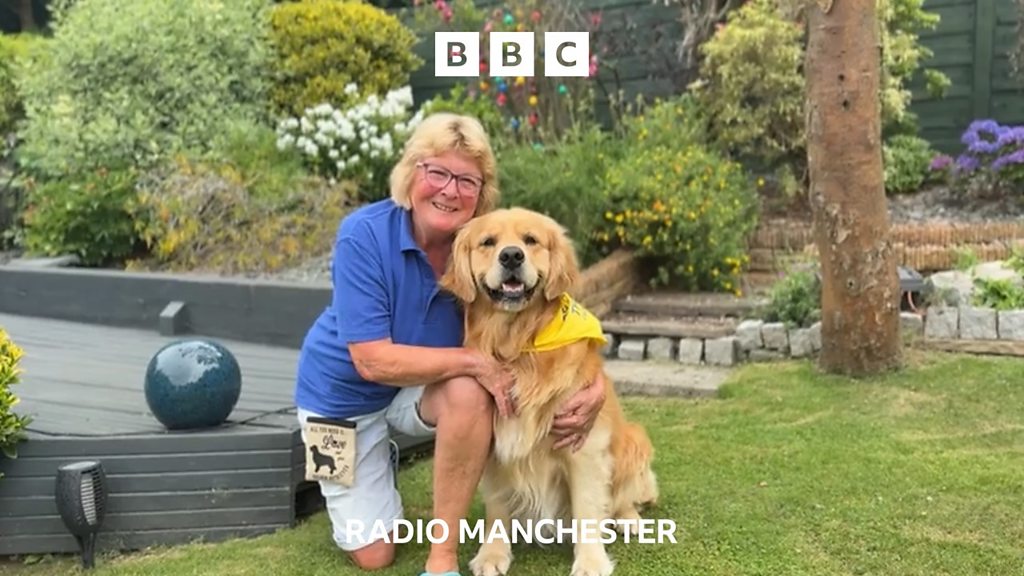Leftover TCS Food: Set Safe Use‑By Dates and Labeling That Prevents Risk
What Should the Use‑By Date Be for Leftover TCS Food?
For most prepared leftovers that are time/temperature control for safety (TCS) foods, the safe refrigerated window is generally 3 to 4 days . Set the use‑by date as the date of preparation (or when first cooled) plus 3-4 days , and discard after that period. If you freeze leftovers promptly, they can be kept for 2-4 months for best quality, though quality may decline over time. [1] [2] [3]
Why Use‑By Dates Matter for TCS Foods
TCS foods (such as cooked meats, poultry, seafood, dairy-based dishes, cooked rice, beans, and cooked vegetables) support rapid bacterial growth if held in the temperature danger zone or kept too long. Refrigerated shelf life is limited because some pathogens can grow slowly at refrigeration temperatures, and reheating does not always neutralize all risks. A conservative, clearly labeled use‑by date helps prevent foodborne illness and ensures consistent handling practices across a home kitchen, catering team, or retail operation. [1]
How to Set Safe Use‑By Dates
Follow this step-by-step method to assign use‑by dates you can trust in audits or household routines.
Step 1: Establish the Preparation or Cooling Date
– Mark the calendar date when the food was cooked and began cooling. If cooled the same day, treat that as day zero for counting the refrigerated life. – If receiving leftovers from an event or restaurant, treat the date you take possession (assuming within 2 hours of service) as the start date, then rapidly chill when you arrive home. [4] [1]
Step 2: Assign the Refrigerated Use‑By Date
– For most leftovers, set the use‑by date to +3 to +4 days from the preparation/cooling date. For example, cooked chicken cooled on the 1st should be used by the 4th or 5th (end of day). – When in doubt, choose 3 days for added safety and quality. Discard any leftovers that develop off odors, visible spoilage, or signs of contamination regardless of date. [1]
Step 3: Decide Whether to Freeze
– If you won’t eat leftovers within 3-4 days, freeze them as soon as they’re chilled. Properly packaged leftovers keep best quality in the freezer for 2 to 4 months depending on the source and packaging quality. Many consumer and extension references advise 2-3 months, while federal guidance allows 3-4 months for best quality; use judgment based on food type and packaging. [2] [1] [3]
Step 4: Label Clearly
– Label each container with: Food name, “Date Prepared,” and “Use By” date. Add “Reheat to 165°F” if applicable. – Keep labels visible on the front or lid to make rotation easy. [2] [3]
Safe Cooling, Storage, and Reheating Fundamentals
Rapid Cooling
Food should enter the refrigerator or freezer within 2 hours of cooking or removal from hot holding; if ambient temperature is above 90°F, the window drops to 1 hour . Divide large batches into shallow containers (about 3 inches deep or less) to accelerate cooling. Place soups or stews in an ice bath for faster cooling before refrigeration. [4] [3]
Refrigeration and Freezer Settings
Keep your refrigerator at 40°F (4°C) or below and your freezer at 0°F (-18°C) to slow bacterial growth and preserve quality. Store leftovers in airtight packaging to keep bacteria out, retain moisture, and prevent odor transfer. [4] [1]
Reheating
Reheat leftovers to an internal temperature of 165°F (74°C) , measured with a food thermometer. If thawing in the microwave, continue heating until 165°F before eating or refreezing. [1]
Real‑World Examples
Example A: Cooked Chicken and Rice Bowl
– Cooked Sunday at 6 p.m.; cooled in shallow containers and refrigerated by 7 p.m. – Label: “Chicken & Rice – Prepared Sun 6/1; Use By Thu 6/5.” Eat by day 4 for best safety. If plans change on Tuesday, freeze portions; mark “Frozen Tue 6/3.” Plan to consume within 2-3 months for best quality, reheat to 165°F. [2] [3] [1]

Source: clickonenglish.blogspot.mx
Example B: Catering Pan of Lasagna
– Received at 1 p.m. hot; portioned into shallow pans and refrigerated by 2 p.m. – Label: “Lasagna – Received Fri 7/12; Use By Tue 7/16.” If large volume remains on day 2, freeze labeled portions for future service. Reheat each portion to 165°F before serving. [1]
Common Pitfalls and How to Avoid Them
Leaving Food Out Too Long
Discard any perishable food left out over 2 hours (or over 1 hour above 90°F), even if it smells or looks fine. Do not reset the use‑by date after prolonged room‑temperature exposure. [4]
Improper Containers
Use airtight, clean containers. If using containers with rubber seals, clean seals thoroughly to reduce microbial harborage. For freezing, choose moisture- and vapor‑resistant packaging labeled as freezer‑safe to protect quality. [2] [5]
Mislabeling or No Labeling
Without clear dates, it’s easy to exceed safe holding times. Build a routine: label immediately before containers enter the fridge or freezer and place newer items behind older ones to promote first‑in, first‑out rotation. [3]
Special Cases and Alternatives
– Some leftovers freeze poorly (e.g., hard‑cooked egg whites, lettuce/cabbage salads, mayonnaise‑based dressings, custards, certain cheeses). Consider keeping these refrigerated only and using them within the 3-4 day window, or preparing smaller batches to minimize waste. [3]
– If you thaw a large frozen container in the refrigerator and only need part, you may remove a portion and refreeze the remainder still kept below 40°F. If you reheat previously frozen leftovers to 165°F, you may safely refreeze any remaining portion. [1]
Step‑by‑Step Labeling and Rotation Workflow
- Cool fast: Portion into shallow containers and refrigerate within 2 hours of cooking (1 hour if above 90°F ambient).
- Label now: Add food name, “Prepared” date, and “Use‑By” date (+3-4 days). Add reheating guidance (165°F).
- Store right: Place on top shelves for best airflow; keep the fridge at 40°F or below and freezer at 0°F.
- Plan meals: Schedule leftover nights within the window. If plans change, freeze by day 2-3 for best quality.
- Reheat safely: Verify 165°F in the thickest portion with a thermometer.
- Audit weekly: Discard items past use‑by or with signs of spoilage, even if dates remain.
Key Takeaways
- Refrigerated use‑by for most leftover TCS foods: 3-4 days .
- Freeze for best quality: roughly 2-4 months , depending on food and packaging.
- Always refrigerate within 2 hours (1 hour above 90°F), cool quickly, and reheat to 165°F .
- Label clearly to maintain compliance and reduce waste.
References
[1] USDA FSIS (2020). Leftovers and Food Safety.
[2] NSF (2025). Handling Leftovers.
[3] University of Nebraska-Lincoln Extension (n.d.). Leftover Food Safety.
[4] American Heart Association (2024). Food Safety: How to Store and How Long to Keep Leftovers.

Source: grammar.cl
[5] University of Georgia (UGA Online) (n.d.). Food Storage and Safety Tips.
MORE FROM hotondeals.com













